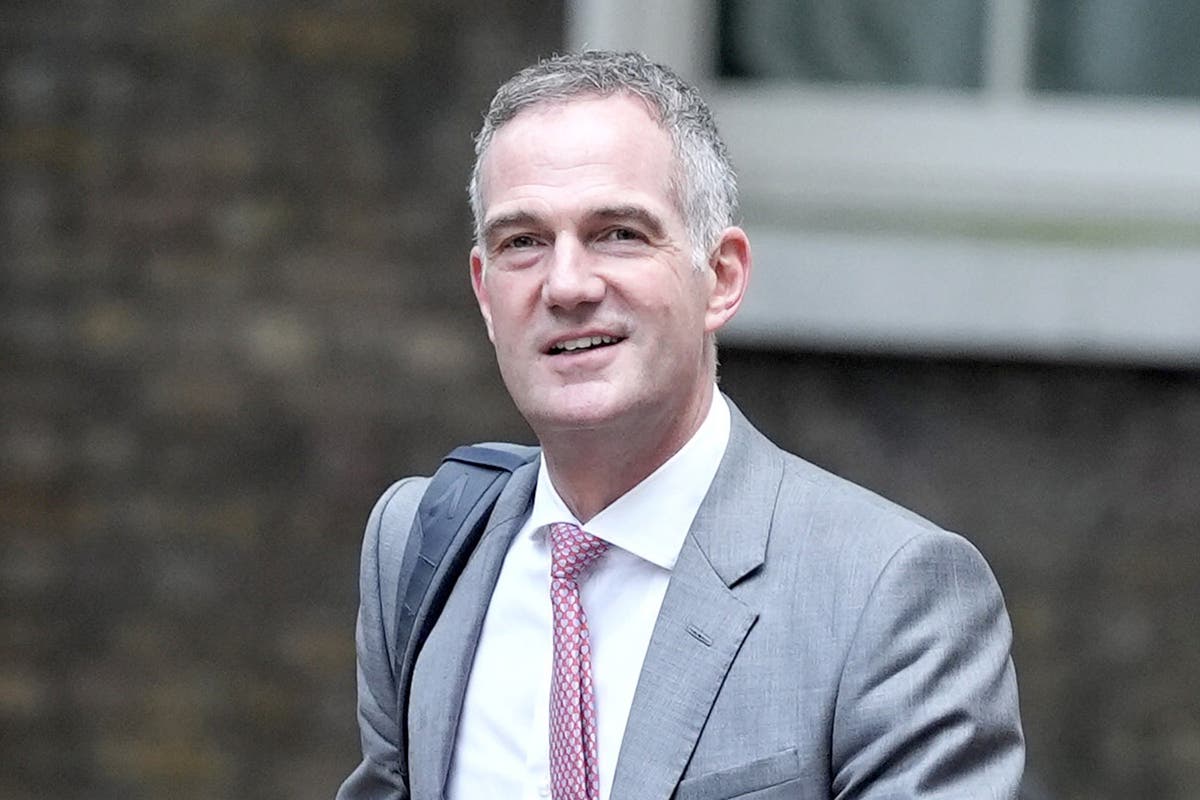Australian Energy Storage Breaks New Ground in 2023

- by Admin
- April 9, 2024

The Australian energy landscape made significant strides in 2023, as illustrated by new findings that highlight a substantial increase in the adoption of large-scale battery energy storage systems (BESS). Pioneering these advancements, utility-scale storage projects surpassed 10 MWh, demonstrating a notable surge in capacity. This leap forward underscores the country’s commitment to embracing renewable sources and enhancing energy stability.
Market analyst Sunwiz’s recent report documents this remarkable growth, stating that nearly 1 GW/1.5 GWh in combined capacity became operational last year. This represents a doubling of capacity over what was recorded in the landmark year of 2021. Warwick Johnston, the Managing Director of Sunwiz, described the escalation in deployment, emphasizing both the larger volume and higher number of projects compared to previous years.
Contrasting sharply with 2021, when only two large-scale projects exceeded 100 MWh, last year saw eight major projects, including four over 200 MWh, come online. This escalation is a clear indication of the sector’s maturity and suggests even higher records could be set in 2024. With six times the construction volume of the previous year, expectations for the ongoing year remain high.
Meanwhile, residential and commercial battery installations also set new records, with a 21% increase for residential systems and significant installations in the commercial sector. Over 57,000 home energy storage systems were installed, and Johnston compares the impact of batteries on the energy supply to the democratizing effect solar power previously had on electricity generation.
As energy storage continues to transform Australia’s power infrastructure, projections for 2024 anticipate an over 20% growth in residential and a 50% increase in commercial battery storage, potentially doubling the volume deployed in 2023. Though the future scale largely hinges on the continued expansion of utility-scale storage, the trend lines point to a forward-moving trajectory in Australia’s energy storage sector.
Australia’s energy storage industry has seen momentous growth in recent years as the country looks to renewable energy sources to secure a sustainable and resilient energy future. The increased adoption of battery energy storage systems (BESS) is a significant testament to this progression, with the industry experiencing a notable spike in both utility-scale and residential deployments.
Utility-Scale Storage Market Boom
The Australian market saw a considerable leap in utility-scale storage projects put into operation in 2023, with the deployment of large BESS capacities reaching beyond 10 MWh. According to Sunwiz, nearly 1 GW/1.5 GWh in combined capacity was recorded as operational last year, effectively doubling the capacity installed in the remarkable year of 2021. This sharp rise illustrates not only an adoption trend but also a shift in the industry dynamics, with a matured market environment that fosters larger and more significant projects.
This unprecedented scale-up is visible when comparing the eight major projects exceeding 100 MWh that came online last year—including four over 200 MWh—to 2021’s two large-scale installations. The 2023 figures could be viewed as an early sign of what may become an industry standard as project sizes continue to climb. The industry’s expansion is backed by a high volume of projects in the pipeline, with projections setting a high bar for growth in the years to come.
Residential and Commercial Uptake
Meanwhile, the residential and commercial sectors have shown keen interest in battery systems. The residential segment saw a 21% increase in installations, signaling consumer confidence and a growing recognition of the value of energy storage at home. In 2023, over 57,000 residential energy storage systems were installed, much thanks to improved affordability and growing public awareness of the benefits of energy self-sufficiency.
The commercial sector, though less reported on, has also registered impressive installation numbers which present a significant step forward for businesses looking to cut energy costs and carbon footprints. These installations not only decrease reliance on the grid but also reduce peak demand charges and offer backup power during outages.
Market Forecasts and Growth
Looking forward, market analysts expect the Australian energy storage industry to maintain its growth trajectory. Residential battery storage is projected to grow by over 20%, and the commercial sector may see a 50% increase in comparison to the volumes deployed in 2023. These forecasts reflect an optimistic view of the sector’s potential, especially as utility-scale projects play a crucial role in facilitating grid stability and balancing intermittent renewable generation.
Industry Challenges and Considerations
Despite promising advancements, the BESS industry faces multiple challenges, from supply chain constraints to regulatory hurdles and the need for ongoing technology improvement. An important aspect is the integration of storage systems into the existing grid infrastructure. This requires strategic planning and investment to ensure that the grid can handle the fluctuating nature of renewable energy inputs and the complexities of energy storage output.
For up-to-date information on the Australian energy market and related industries, relevant links include the Australian Energy Market Operator (AEMO) at aemo.com.au and the Clean Energy Council at cleanenergycouncil.org.au.
In conclusion, Australia’s BESS industry seems poised for continued growth, improving the nation’s energy stability and driving down carbon emissions. The evolving landscape of energy usage, propelled by storage technology, is set to change not just Australia’s power infrastructure, but potentially the global approach to renewable integration and energy independence.

Leokadia Głogulska is an emerging figure in the field of environmental technology, known for her groundbreaking work in developing sustainable urban infrastructure solutions. Her research focuses on integrating green technologies in urban planning, aiming to reduce environmental impact while enhancing livability in cities. Głogulska’s innovative approaches to renewable energy usage, waste management, and eco-friendly transportation systems have garnered attention for their practicality and effectiveness. Her contributions are increasingly influential in shaping policies and practices towards more sustainable and resilient urban environments.
The Latest News
-
January 7, 2025Future of Online Gambling in Australia: A Guide to Leading Casinos
-
January 7, 2025There’s too much ‘big three’ cricket already, say players of the two-tier Tests plan
-
January 7, 2025Jannik Sinner vs. Alexei Popyrin score, result in Australian Open charity match | Sporting News Australia
-
January 7, 2025Forgotten star’s admission as Test recall hopes fade
-
January 7, 2025Australian Stocks Climb With Banking And Tech Leading The Pack




